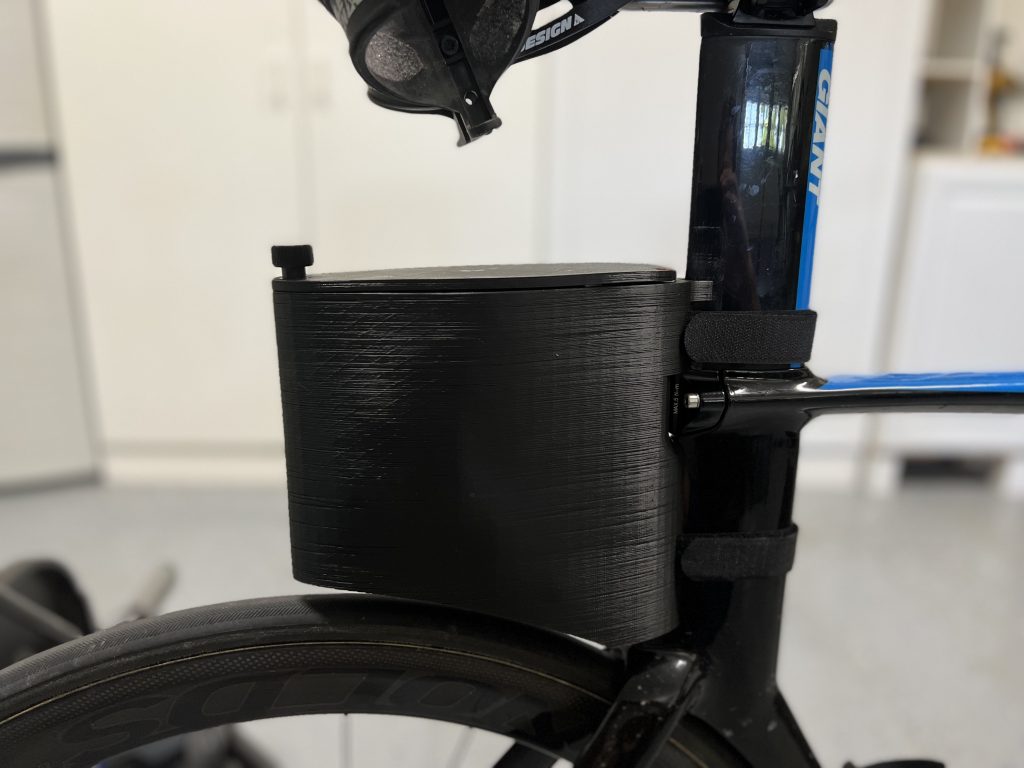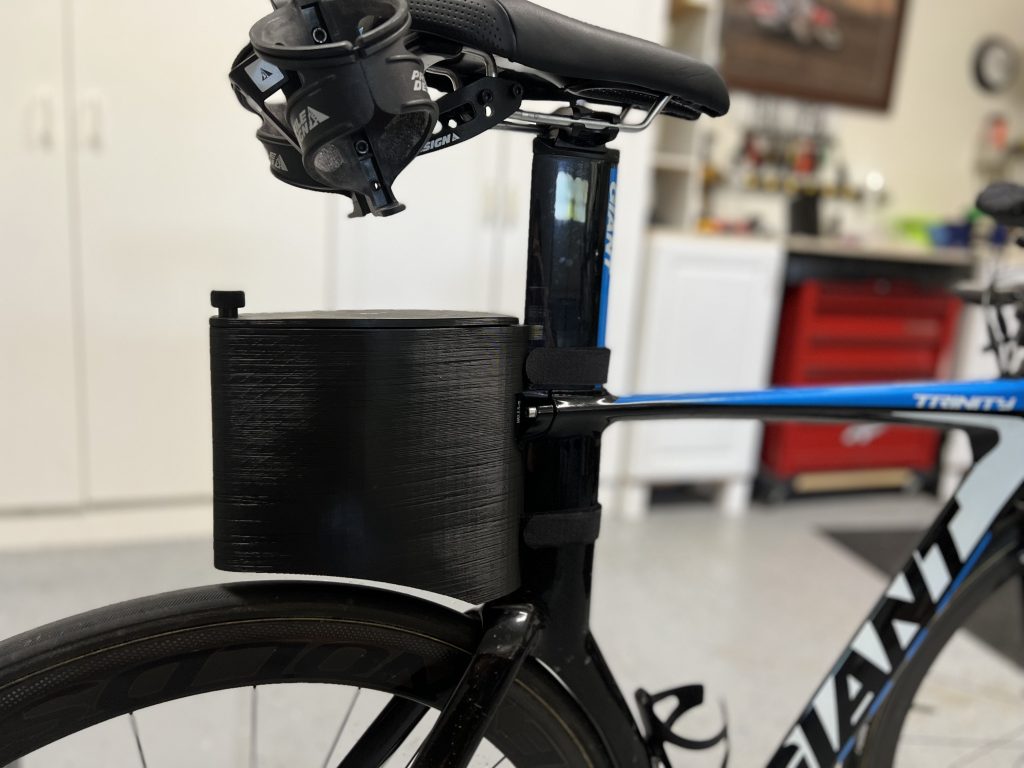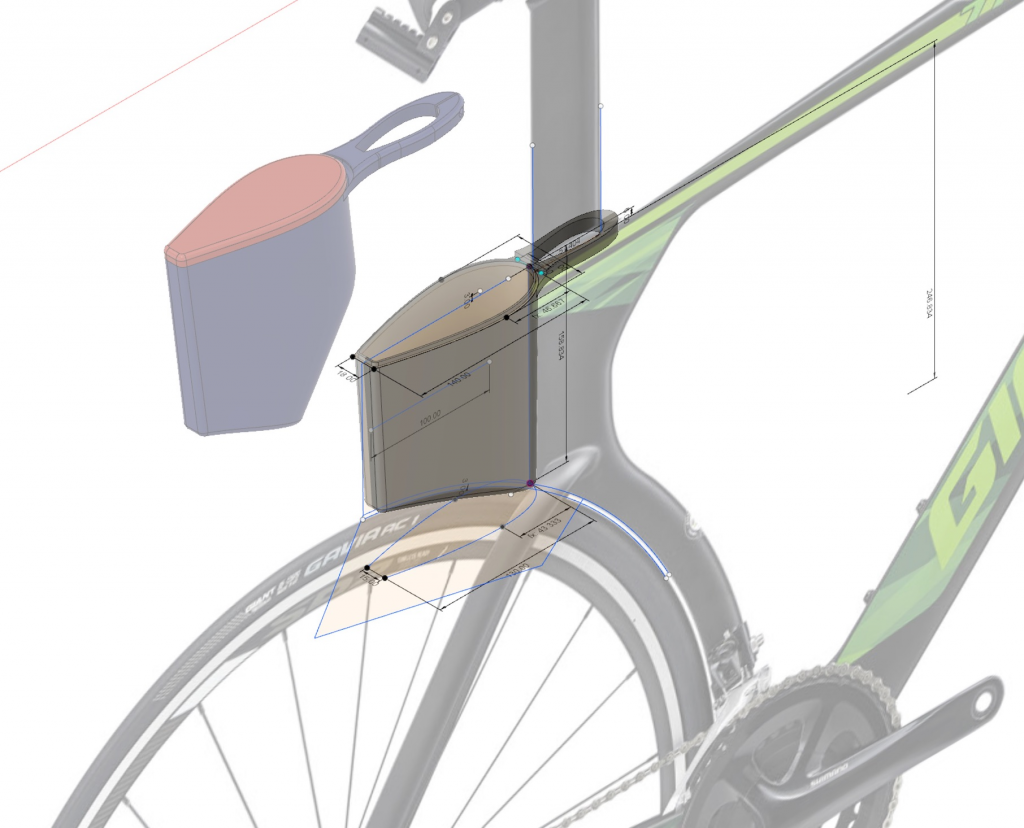I had a lot of fun chatting to Paul Modderman and James Wood on the Bowdark Podcast … if you are interested in what we are doing at SAP and our internal enterprise mobility strategy, check it out here: https://switchedon.bowdark.com/podcast-episode-mobilize-all-the-things-with-paul-aschmann-bfbcc8b33f96
Category: Technology
Bookmark: Collection of Open API’s
Giant Trinity Storage Box
This was a challenging 3D printing project which I designed and built for my 2013 Giant Trinity. This was a 20 hour print using Fusion 360 for CAD. The challenging part was get the seat and seat tube profile to perfectly match the bike.




Inspiration




Now that the dust has settled … NFT’s & Me


Understanding emerging technologies even if it is legitimately part of a consumer hype is something I have always enjoyed getting involved in. Like financial investments, buying the rumor and selling the news, is a mantra I have lived by when it comes to new opportunities. NFT’s as part of the larger Web3 stack were one of these hyped booms no different than the Metaverse and Quantum Computing, all hype, thanks to the media. Now that the dust has settled a little, the trough of disillusionment is set in, here are a few of my experiences and insights from my journey with the technology.
Most expensive NFT ever sold? EVERYDAYS: The first 5000 Days @ $69.3M
No different to the other emerging technologies, I like to familiarize myself with applications, solutions or use-cases that these technologies can offer through learning and experimenting – and based on my experience, needs or scenarios, how I could build something to help me gain an understanding – just enough so I can pitch it to my friends or kids 🙂 During the NFT hype I spent some time minting my own original artwork of yes, you guess it, the simplest of art I am capable of … stick figures. The process is quite straight forward, and if it was not for the cost (at the time around $200 per contract) I probably would have created a few more. My primary concern with NFT’s was, and still is, the value of “binary code” is $0. Thanks to binary, and the underlying foundation of computing, anything rendered on a display can also be copied, cached, downloaded, cloned and subsequently modified, in essence, digital art, graphics and photos are reproducible and it’s no different with NFT’s. There is no stopping you, right clicking, downloading and minting the exact same NFT from my artwork, sure it might not be original, but you could claim it is, and you may have a higher marketing budget to reach a larger audience, and I am out … Physical artwork is much harder, while clones, reproductions and replicas do exist, authenticity is relatively easier to guarantee to your buyers. How do art based NFT’s overcome this? Is there a solution in the near future? Is this only my concern, or a common one? Would you pay for NFT art?
Apple Shortcuts Gallery
Siri Shortcuts deliver a quick way to get things done with your apps with just a tap or by asking Siri. The Shortcuts app on your phone enables you to create personal shortcuts with multiple steps from your favorite apps. Shortcuts are powerful tools and easily shared.

The Apple Shortcut Gallery is a simple web application with a user created collection of Apple Shortcuts, or Siri Shortcuts. Start from hundreds of examples in the Gallery or drag and drop to create your own. This gallery is a way to share those you find valuable for others.
[This idea was generated by my previous manager, and I think it was a solid idea or concept to build, but I think internally to an organization, these types of applications generally don’t get or receive the attention they deserve.]
Open Source Project: Application Support Center
This is another blog post of a series around the enterprise mobility IT team at SAP. We are an internal team focused on managing mobile devices, mobile applications, and developing custom apps for SAP’s 100,000 employees. I believe we have some unique stories, software, tools, and insights to help others in the community considering, or currently undertaking, some of the challenges which surround mobility and its adoption in the enterprise.
Introduction
As the enterprise mobility team, we manage over 100 different mobile apps at any given time. This includes volume purchase apps, consumer versions of apps listed in our MDM, and custom-developed apps. In my last post about Relay, our custom real-time chat application, we have seven different components that need to be managed and maintained for this single app (iOS, Android, Web, macOS, Linux, Windows, and Server). A good majority of our custom apps are similar, and have multiple components, all of which have independent release cycles and potentially different teams that manage them. We initially used an excel spreadsheet to track and manage these applications and their corresponding components. This became a logistical challenge as our portfolio and responsibilities grew. Our commitment to our end users also grew during this time, and we wanted to provide a consistent support experience across operating systems and apps. We took this opportunity to step back and look at the process holistically, and decided to redesign how we managed and supported apps that we were responsible for. We also defined some essential services and features each of the apps should have, independent of their platform. I touched on this in a previous blog, but from a support perspective each app should include:
Complexity Theory
“There’s no love in a carbon atom, No hurricane in a water molecule, No financial collapse in a dollar bill.”
Peter Dodds
Enterprise Mobility @ SAP – Conversational UI bot platform
This is another blog post of a series around the enterprise mobility IT team at SAP. We are an internal team focused on managing mobile devices, mobile applications, and developing custom apps for SAP’s 100,000 employees. I have been a part of this team for the past six years and believe we have some unique stories, software, tools, and insights to help others in the community considering, or currently undertaking, some of the challenges which surround mobility and its adoption in the enterprise.
This post is also a follow on to the post about SAP Relay, our internal realtime chat application, if you are interested reading that post might provide some context.
Relay – A real-time chat app
Enterprise Mobility @ SAP – Relay
This is another blog post of a series around the enterprise mobility IT team at SAP. We are an internal IT team focused on managing mobile devices, applications, and developing custom apps for SAP’s 100,000 employees. I have been a part of this team for the past six years and believe we have some unique stories, software, tools, and insights to help others in the community considering, or currently undertaking, some of the challenges which surround mobility and its adoption in the enterprise.
Introduction
As mentioned in previous posts, apps are an essential cornerstone of mobility @ SAP. Whether they are employee initiated or driven by innovation, we adopt the underlying processes and do our best to deliver solutions that increase our end users’ productivity. This post will take a deep dive into the ideation, architecture, design, and lifecycle of an internal app called Relay. A real-time chat application initially developed in 2012 using the Business Technology Platform (Previously known as the SAP Cloud Platform). A variation of the application might be familiar to some of you SAP community users, as Messages. We recently retired the application internally due to the increased adoption of MS Teams and Slack. However, I believe that some of the concepts and premise behind the application are still relevant to share.
You must be logged in to post a comment.